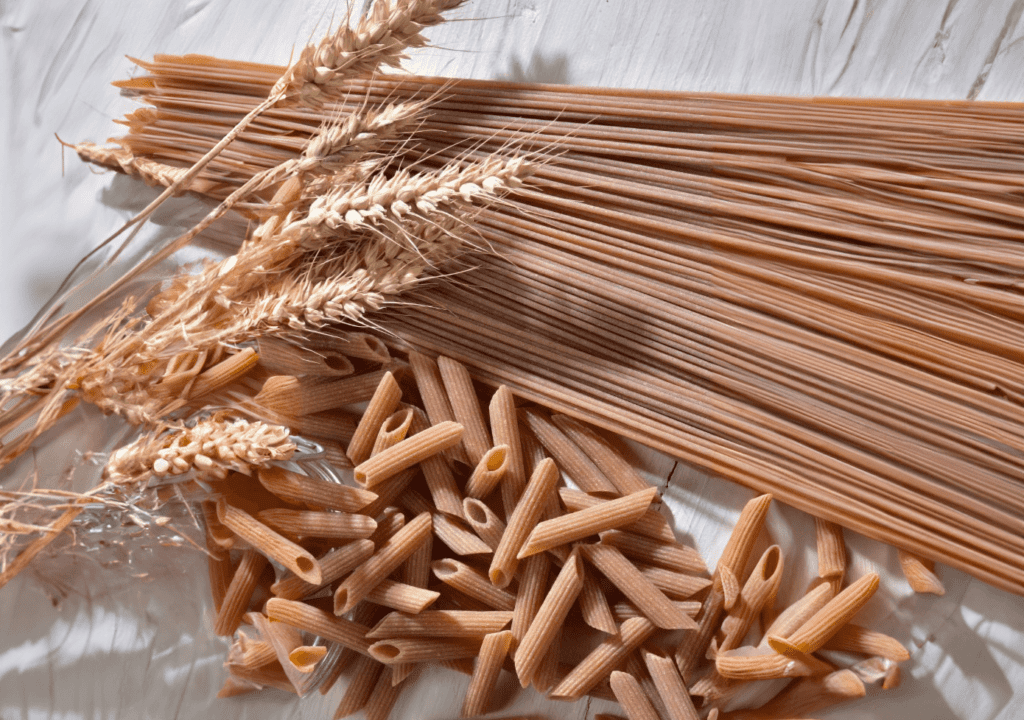Whole wheat pasta is gaining popularity as a healthier option compared to traditional pasta. Let’s explore its benefits and whether this dietary trend is a conscious and useful choice.

In recent years, whole wheat pasta has become a rapidly growing food trend. This shift in dietary habits appears to be fueled by an increasing awareness of the health benefits associated with consuming whole foods. But what exactly is whole wheat pasta, and why is it gaining more popularity among consumers? In this article, we will delve into the phenomenon of whole wheat pasta and assess whether it truly stands as a conscious and beneficial choice.
What Is Whole Wheat Pasta?
Whole wheat pasta is made using whole wheat flour, which includes all parts of the wheat kernel, including the bran, germ, and endosperm. This is in contrast to traditional pasta, which is made from refined flour, devoid of bran and germ.
Whole wheat pasta has a darker color and slightly different texture compared to traditional pasta, but many find its richer flavor and higher fiber content appealing.


The Health Benefits of Whole Wheat Pasta
One of the primary reasons whole wheat pasta is gaining popularity is its reputation as a healthier option compared to traditional pasta. Here are some key health benefits associated with consuming whole wheat pasta:
1.High Fiber Content: Whole wheat pasta is rich in fiber, which is essential for digestion and can help regulate blood sugar levels and cholesterol.
2.Increased Nutrient Content: Whole wheat pasta contains a higher quantity of vitamins and minerals compared to refined pasta, thanks to the retention of germ and bran.
3.Greater Satiety: Due to its fiber content, whole wheat pasta tends to make you feel fuller, which can help control appetite and manage body weight.
4.Stabilized Blood Sugar Levels: The fiber in whole wheat pasta can aid in stabilizing blood sugar levels, which is particularly important for individuals with diabetes or those at risk of developing it.
5.Promotion of Cardiovascular Health: Some studies suggest that the consumption of whole foods, including whole wheat pasta, may reduce the risk of cardiovascular diseases.
Is It a Conscious Choice?

Opting to consume whole wheat pasta is undoubtedly a conscious choice when it comes to promoting health. However, there are some important considerations to keep in mind:
1.Cost: Whole wheat pasta tends to be slightly more expensive than traditional pa – sta. Nevertheless, many believe that the health benefits outweigh this additional cost.
2.Taste and Texture: Some individuals may prefer the taste and texture of traditional pasta. Whole wheat pasta has a heartier flavor and a different texture that may require an adjustment period.
3.Individual Nutritional Needs: The choice between whole wheat and traditional pasta also depends on individual nutritional needs. Not everyone derives the same benefits from whole wheat pasta, so it’s important to consider one’s health and personal preferences.
In conclusion, the whole wheat pasta trend appears to be supported by a solid foundation of health benefits. However, the choice between whole wheat and traditional pasta should be based on personal preferences and individual nutritional requirements.
Overall, incorporating more whole foods into one’s diet can contribute to overall health improvement, but it’s essential to do so in a balanced and sustainable manner.
Whole wheat pasta can certainly be a conscious and beneficial choice for those looking to enhance their nutrition and promote long-term health.




